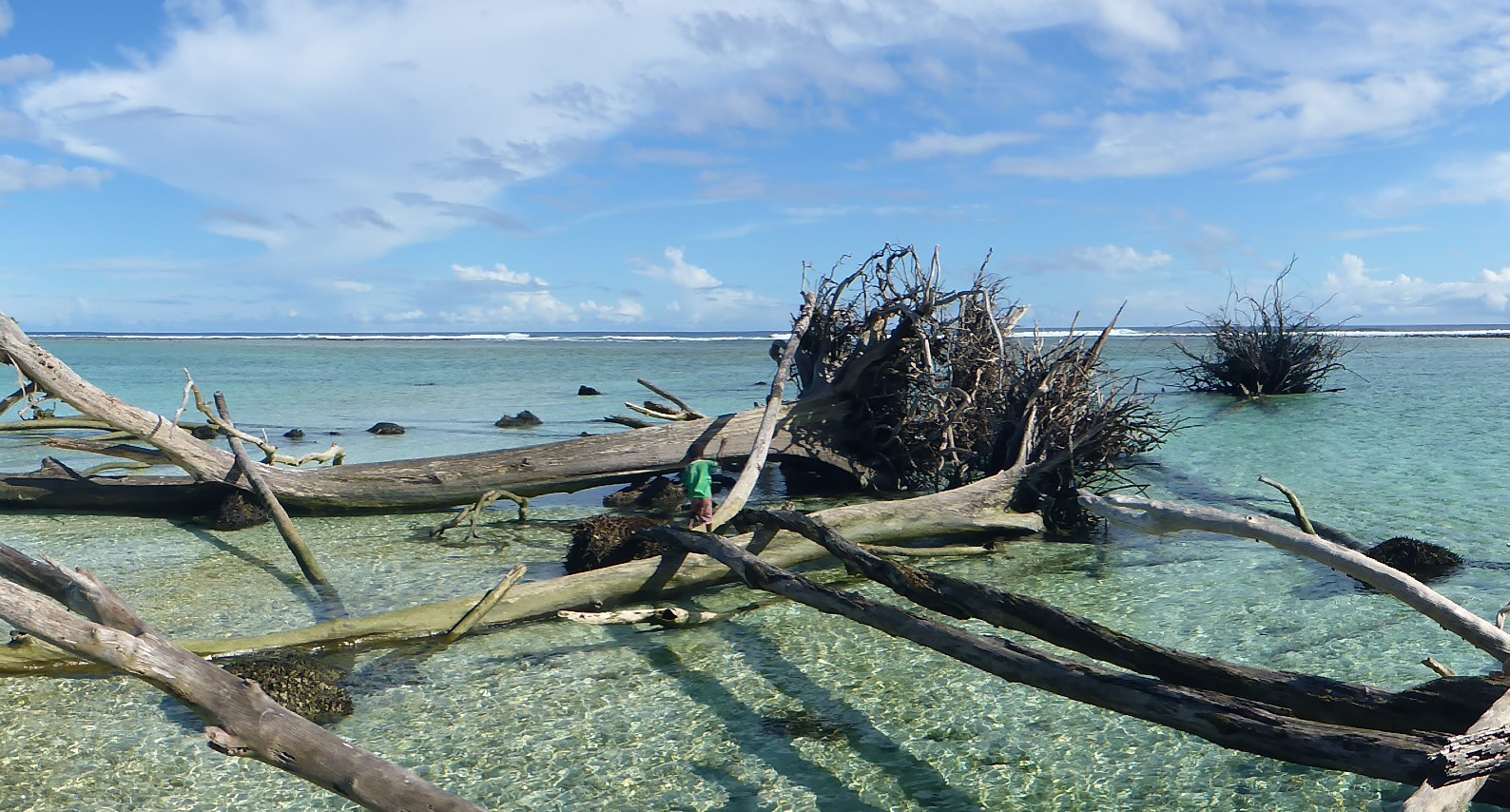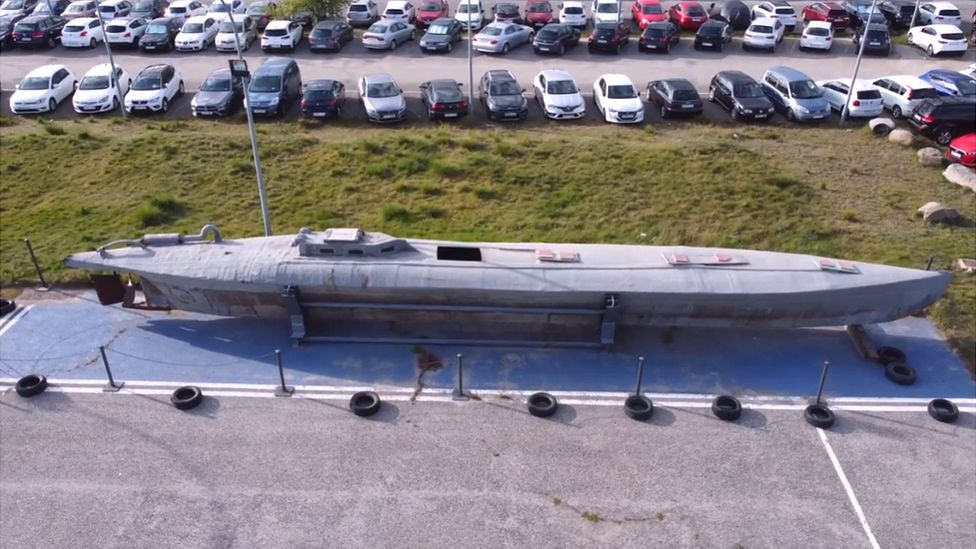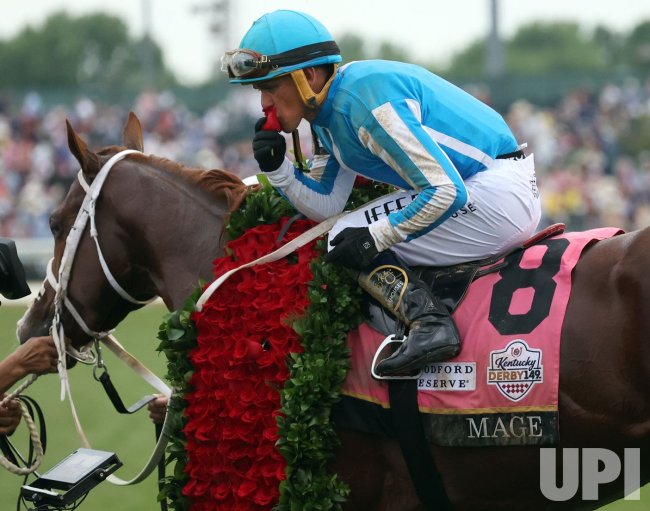Seagrass Restoration Bids: Revitalizing Scotland's Coastal Habitats

Table of Contents
The Ecological Significance of Seagrass in Scotland
Seagrass meadows are often referred to as the "blue forests" of the ocean, and for good reason. They play a crucial role in supporting a vast array of marine life in Scotland. These underwater prairies act as nurseries for numerous fish species, providing shelter and food sources for juvenile fish, thus boosting fish stocks and supporting local fisheries. They also offer vital habitats for a variety of invertebrates, birds, and other marine animals.
Beyond their role in supporting biodiversity, seagrass meadows are incredibly important for carbon sequestration. They are highly effective at capturing and storing atmospheric carbon dioxide – a process known as "blue carbon" – contributing significantly to climate change mitigation. This carbon capture capacity is far greater than that of many terrestrial forests, making seagrass conservation a critical aspect of combating global warming.
Sadly, Scotland's seagrass meadows are under threat. Pollution from agricultural runoff, dredging for navigation, and destructive fishing practices have led to significant declines in seagrass extent. The loss of these vital habitats has cascading effects on the entire marine ecosystem, impacting biodiversity, coastal protection, and carbon sequestration.
- Increased biodiversity: Supporting a wide range of species, from fish and invertebrates to seabirds.
- Significant carbon capture and storage: Acting as a crucial blue carbon sink, mitigating climate change.
- Coastal protection from erosion: Stabilizing sediments and reducing coastal erosion.
- Improved water quality: Filtering pollutants and improving water clarity.
Understanding Seagrass Restoration Bids and Funding Opportunities
Securing funding for seagrass restoration is crucial for reversing the decline of these vital habitats. The process of applying for seagrass restoration bids typically involves submitting a detailed project proposal outlining the proposed restoration methods, the expected environmental impact, and a clear budget. Successful bids demonstrate a strong understanding of the ecological significance of seagrass and a feasible plan for its restoration.
Several funding sources are available for seagrass restoration projects in Scotland. These include government grants from agencies like NatureScot, private investment from environmentally conscious companies, and EU funds dedicated to marine conservation. The criteria for successful bids vary depending on the funding source, but generally include:
- Project feasibility and scientific soundness.
- A comprehensive environmental impact assessment.
- A clear plan for community engagement and stakeholder involvement.
- Demonstrated experience in seagrass restoration or related fields.
Successful projects often showcase strong collaboration between scientists, local communities, and NGOs. Support and guidance are available from various organizations to assist applicants in developing strong, competitive proposals. Examples of successful projects can often be found on the websites of organizations like NatureScot and Marine Scotland.
Successful Seagrass Restoration Techniques and Technologies
A range of techniques are employed in seagrass restoration, each tailored to the specific site conditions and the extent of degradation. These include:
- Seed dispersal: Collecting and sowing seagrass seeds in degraded areas.
- Transplanting mature seagrass: Transplanting shoots or plugs of mature seagrass from healthy areas to degraded areas.
- Restoration of suitable habitat: Addressing underlying issues that led to seagrass decline, such as pollution and sediment build-up.
Innovative technologies are increasingly being used to improve the efficiency and effectiveness of seagrass restoration efforts. These include:
- Drone monitoring: Using drones equipped with high-resolution cameras to map seagrass meadows and monitor restoration progress.
- Underwater robotics: Employing underwater robots to assist in planting and monitoring seagrass.
Monitoring and evaluating restoration efforts is crucial to ensuring the long-term success of projects. Regular monitoring allows for adjustments to be made to restoration techniques as needed and provides valuable data for future projects.
Community Engagement and Collaboration in Seagrass Restoration
The success of seagrass restoration projects relies heavily on the involvement and support of local communities, NGOs, and scientists. Collaborative approaches leverage the combined knowledge, resources, and commitment of different stakeholders, leading to more effective and sustainable outcomes.
Engaging local stakeholders is key to building support for seagrass restoration. This can be achieved through:
- Educational programs raising awareness about the importance of seagrass.
- Volunteer opportunities providing hands-on involvement in restoration activities.
- Public awareness campaigns highlighting the benefits of seagrass meadows.
Active community participation fosters a sense of ownership and responsibility, ensuring the long-term success of the restoration efforts. Successful models of collaboration often involve partnerships between local communities, universities, environmental organizations, and government agencies.
Investing in a Healthy Future: The Continuing Need for Seagrass Restoration Bids in Scotland
Seagrass restoration bids are essential for securing the future of Scotland's vital seagrass meadows. These projects not only contribute to biodiversity conservation and climate change mitigation but also support sustainable coastal communities by protecting fisheries and enhancing coastal resilience. The methods and technologies discussed above demonstrate a growing capacity for effective restoration, but continued investment through seagrass restoration projects is crucial for achieving large-scale impact.
We urge you to learn more about seagrass restoration, explore funding opportunities for seagrass restoration projects, and consider participating in relevant projects in your area. By working together, we can ensure a healthy and vibrant future for Scotland's precious seagrass meadows. For more information, please visit the websites of NatureScot and Marine Scotland, and explore the various grant opportunities related to applying for seagrass grants and Scotland seagrass conservation.

Featured Posts
-
 Nyc Filming Exclusive Photos Of Bradley Cooper And Will Arnett On Is This Thing On Set
May 05, 2025
Nyc Filming Exclusive Photos Of Bradley Cooper And Will Arnett On Is This Thing On Set
May 05, 2025 -
 Will Arnett And Bradley Coopers Late Night Is This Thing On Shoot In Nyc Photo Gallery
May 05, 2025
Will Arnett And Bradley Coopers Late Night Is This Thing On Shoot In Nyc Photo Gallery
May 05, 2025 -
 The Potent Powder Fueling Cocaines Global Rise A Narco Sub Investigation
May 05, 2025
The Potent Powder Fueling Cocaines Global Rise A Narco Sub Investigation
May 05, 2025 -
 The Lindsey Buckingham And Mick Fleetwood Reunion A Look At Their Collaborative Future
May 05, 2025
The Lindsey Buckingham And Mick Fleetwood Reunion A Look At Their Collaborative Future
May 05, 2025 -
 Renovation Rush Getting Churchill Downs Ready For The Kentucky Derby
May 05, 2025
Renovation Rush Getting Churchill Downs Ready For The Kentucky Derby
May 05, 2025
Latest Posts
-
 Verstappens Fatherhood Christian Horners Jocular Comment
May 05, 2025
Verstappens Fatherhood Christian Horners Jocular Comment
May 05, 2025 -
 Kentucky Derby 2025 Live Stream Find The Best Online Viewing Experience
May 05, 2025
Kentucky Derby 2025 Live Stream Find The Best Online Viewing Experience
May 05, 2025 -
 Christian Horner On Max Verstappens Paternity A Witty Quip
May 05, 2025
Christian Horner On Max Verstappens Paternity A Witty Quip
May 05, 2025 -
 Watch The Kentucky Derby 2025 Online Pricing Availability And Streaming Options
May 05, 2025
Watch The Kentucky Derby 2025 Online Pricing Availability And Streaming Options
May 05, 2025 -
 Horners Pithy Remark Max Verstappens Fatherhood
May 05, 2025
Horners Pithy Remark Max Verstappens Fatherhood
May 05, 2025
